NASA Discovers Doomed Hell Planet
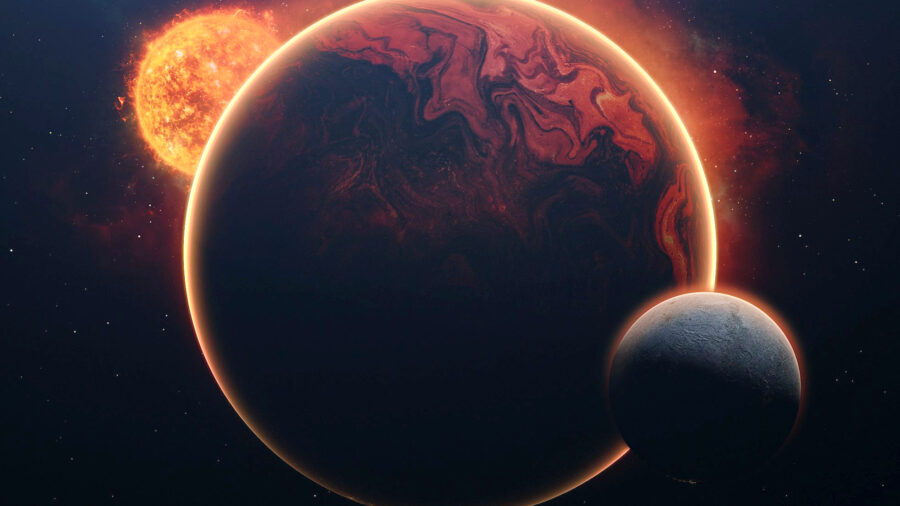
In a recent study published by researchers at NASA’s Jet Propulsion Laboratory, there now appears to be evidence of a potential volcanic moon between the exoplanet WASP-49 b and its nearby parent star. Researchers have theorized the existence of the “hell planet” after observing a gigantic sodium cloud that couldn’t be traced to WASP-49 b or the star, leading them to believe that an exomoon may be responsible. While the discovery might not seem significant in the grand scheme of the universe, the possible exomoon, which has yet to be verified, may be on the verge of being completely wiped off the map before even appearing on it, thanks to the inescapable grip that WASP-49 b has on it.
WASP-49 b
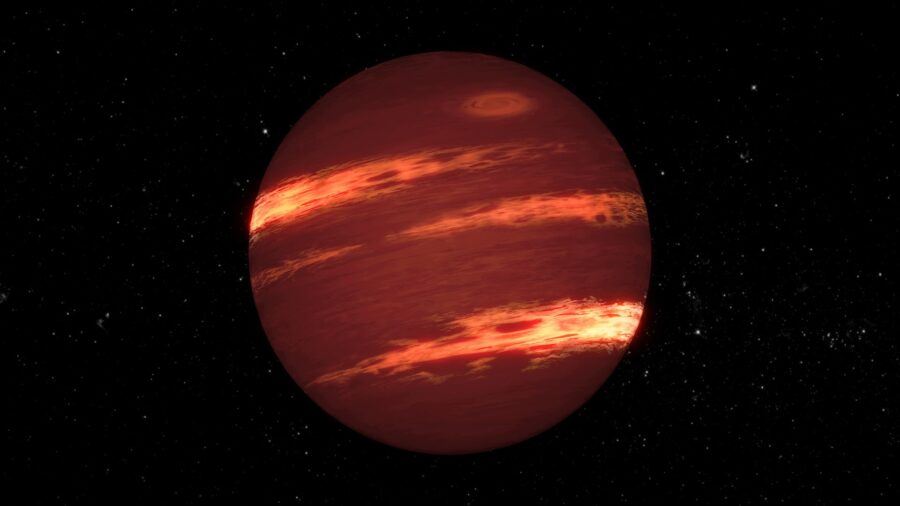
First discovered in 2012, WASP-49 b is an exoplanet that is 635 light-years away from Earth, making it relatively close to our home planet. While WASP-49 b is about three times smaller than Jupiter, it has a nearly identical surface temperature of 1369 K. Since its discovery, researchers have noted that the exoplanet has a massive sodium envelope that replenishes itself at a rate of 220,000 pounds of sodium per second, leading them to believe that the sodium originated from the exoplanet itself.
Ax Exomoon Filled With Volcanoes
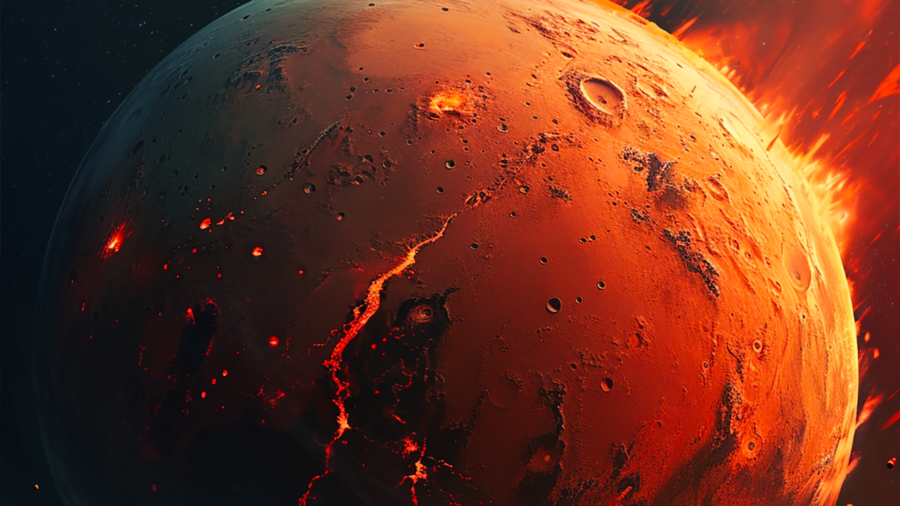
However, according to the findings from a team led by Apurva Oza, a former postdoctoral researcher at NASA’s Jet Propulsion Laboratory and current staff scientist at Caltech, the sodium envelope may come from a nearby exomoon described as a “hell planet,” filled with volcanoes on its surface and covered with enough flowing lava to keep Anakin Skywalker far, far away.
Oza’s team of researchers first noted that the sodium envelope around WASP-49 b appeared to not be in sync with the exoplanet, failing to not match the rotational speed. According to a statement summarizing the research team’s findings, the sodium cloud is moving so quickly and in “a way that would seem impossible unless it was being generated by another body moving independent of, and faster than, the planet,” the statement reads.
Still Just A Theory
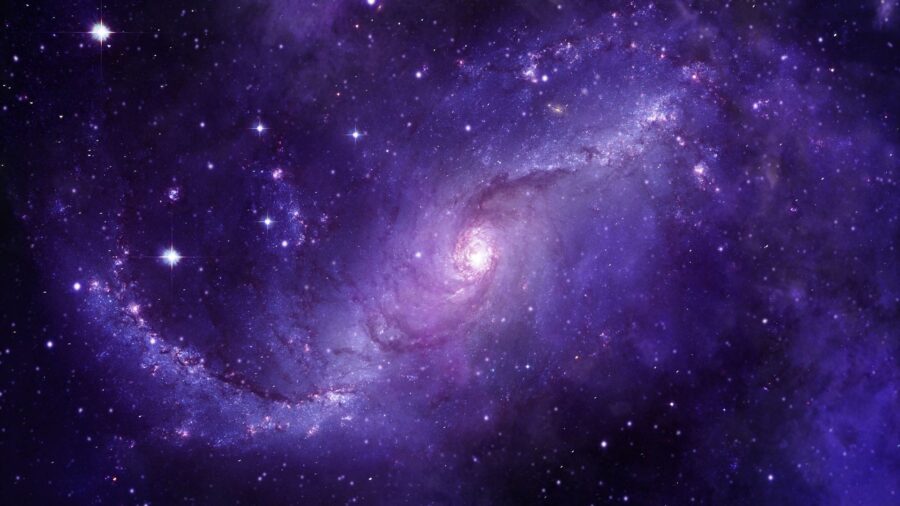
While the “hell planet” has yet to be observed by researchers thanks to its small size and dim appearance, Oza feels strongly about the team’s theory, suggesting that the exomoon is responsible for creating the sodium envelope that surrounds WASP-49 b. “We think this is a really critical piece of evidence,” Oza said. “The cloud is moving in the opposite direction that physics tells us it should be going if it were part of the planet’s atmosphere.”
Similar Happenings On Io
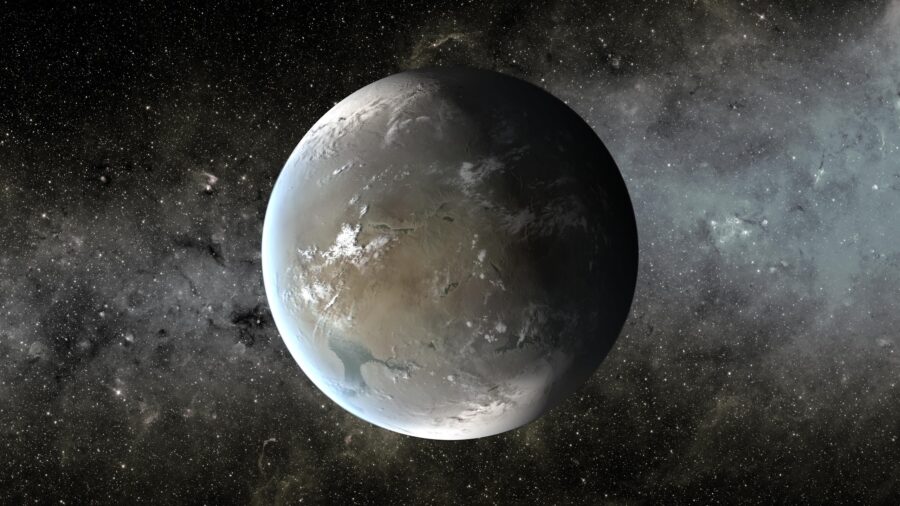
Based on study’s findings, Oza and the team of researchers discovered that the sodium cloud currently has characteristics that are very similar to the massive plumes of sodium that are emitted by Io, Jupiter’s voliatile volcanic moon. Because of Io, the research team knew that the existence of volcanic moons is possible, giving them enough reason to believe that there is a “hell planet” sitting between WASP-49 b and the parent star, even if the team can’t physically observe it.
Will Be Wiped Out Very Soon
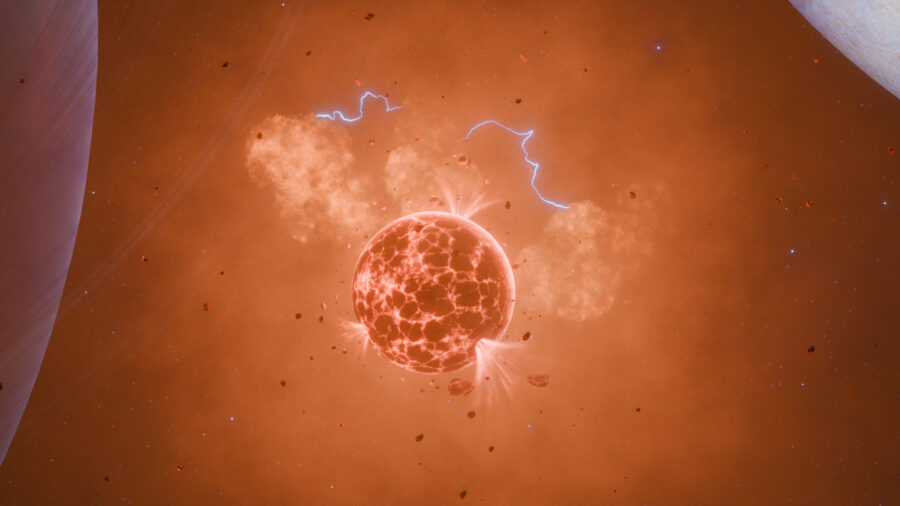
Unfortunately for the “hell planet,” Oza and the research team theorize that if they are correct, then the exomoon may soon be looking at a violent and messy death in the near future. Based on the rate of replenishment of the sodium cloud, the exomoon may soon be depleted of its entire reserve of sodium. When also paired with the hefty gravitational force exerted by WASP-49 b, Oza says that “if there really is a moon there, it will have a very destructive ending.”
Source: NASA













Login with Google